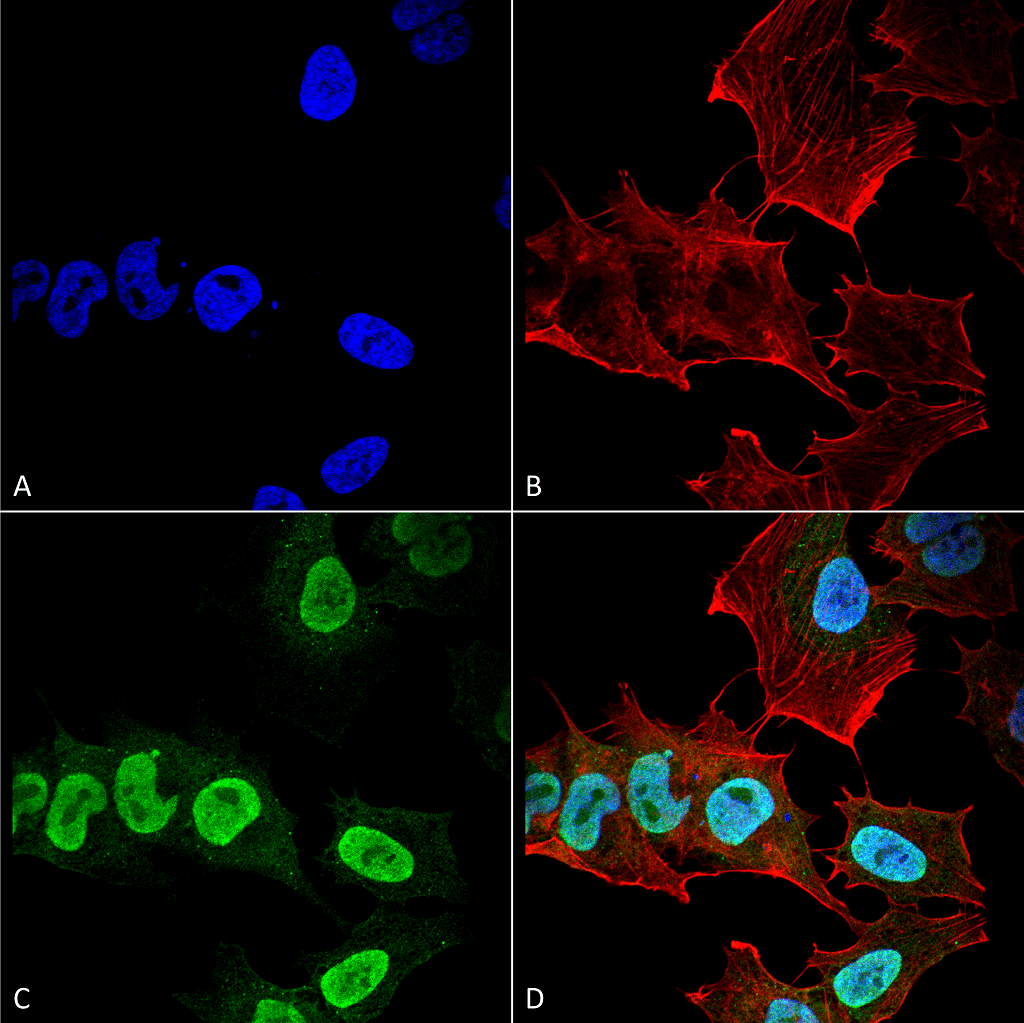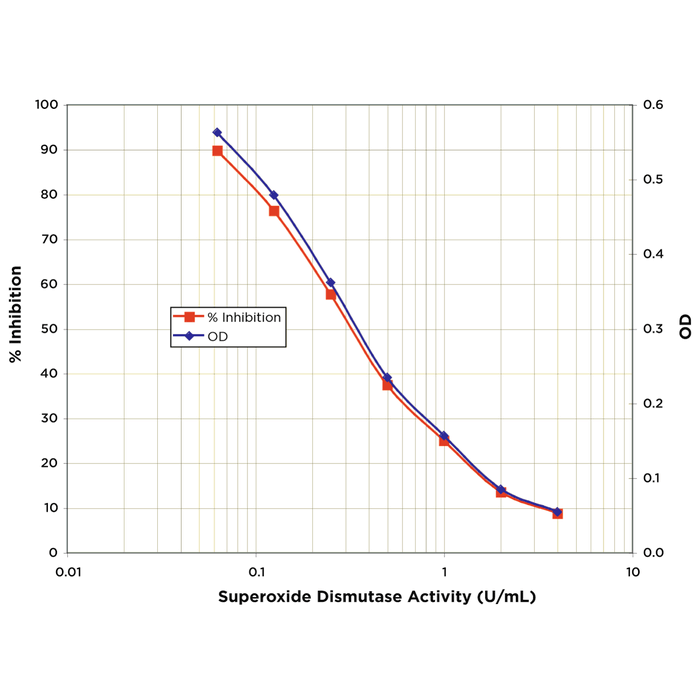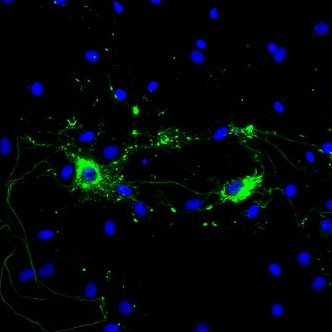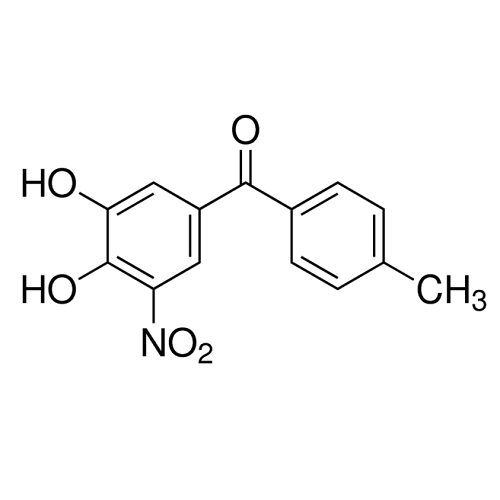Alpha Synuclein: Transmission
Similar to cancer’s metastasis through the body’s tissues, alpha synuclein pathology follows a prion-like propagation through the nervous system. A stereotypical pattern of alpha synuclein transmission was suggested for PD, starting at the brainstem and spreading rostrally to different neocortical regions (frontal, parietal, occipital, and temporal) of the brain20. Since then, there have been many proposed mechanisms of alpha synuclein transmission: endocytosis, direct penetration, micropinocytosis, pore formation, nanotube tunneling and diffusion21,22. Masuda-Suzukake et al. (2014), studied the method of transmission by injecting recombinant alpha synuclein fibrils into 3 different brain areas (substantia nigra, striatum, or entorhinal cortex) of wild type mice and analyzing the propagation patterns and distribution of phosphorylated alpha synuclein pathologies. There were unique patterns of propagation at each injection site, suggesting a location dependency that was not observed in Braak’s research. The results imply that spreading follows neural circuits and includes trans-synaptic transport. It showed that alpha synuclein fibrils could be internalized by neurons and moved from axons to second order neurons. The propagation of alpha synuclein occurred in both anterograde and retrograde directions depending on the brain area.



